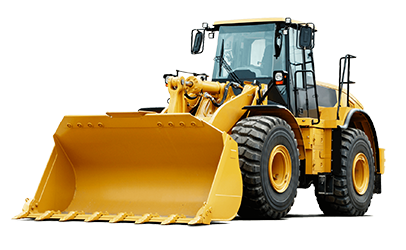- Working Hours: 7.30 AM - 10.30 PM
- Phone: +90 532 446 5207
- E-Mail: info@kuvarskumu.com
Casting Sand

Casting Sand
Casting sands are generally 0.05-2 mm in size mineral grains. There are 2 types of foundry sand. These; natural sands and synthetic sands. Natural sands are used as they are obtained from nature. So they are not subjected to any processing.
The most usable feature of natural molding sand is that it can retain moisture for a long time. The worst part is that its features are variable (in an unstable structure). But synthetic sand is generally used in the market.
“The most important property expected from foundry sands is gas permeability. If the sand mold does not transmit gas, the gases coming from the metal during casting will create compression in the mold, causing porosities and explosions.”
Synthetic sands are sands that have been processed (washed, impurities removed) from natural sands and sifted to the desired grain size and shape. Therefore, less storage is needed. Since synthetic sands show the same feature everywhere, they are inseparable and can coexist. Sand for the metal to be cast is taken from here and molded. This means savings. But the most important feature of synthetic sands is that it has high gas permeability and is more refractory (withstanding temperature). In addition, synthetic sands are more stable than natural sands and the process is controllable.
The second most important parameter expected is strength. Foundry sand should have both wet and dry strength. If the required strength cannot be achieved, the mold will break during or after casting. In order to increase the gas permeability, sand in angular geometry should be used so that the required gas outlet gaps are formed. However, if this gap increases too much, the strength will decrease. There are German (DIN) and Turkish (TS) standards regarding this ratio. The decrease in grain size and globalization of grain shape will reduce gas permeability. Therefore, they should be avoided.
There are 4 types of casting sands
These are; silica sand, zircon sand, chromite sand and olivine sand. Silica (SiO2) sand is the most widely used sand type in the market. Because it is the cheapest and shows high refractoriness (2073 K). Zircon sand (ZrSiO4), on the other hand, has 2 times higher density (specific gravity) and high thermal conductivity than silica sand. This is the highest parameter that makes zircon sand important. If you have a casting material that you want to solidify quickly, that is, you want the grain structure to be homogeneous everywhere, you can use zirconia sand. But zircon sand is more expensive than silica sand.

